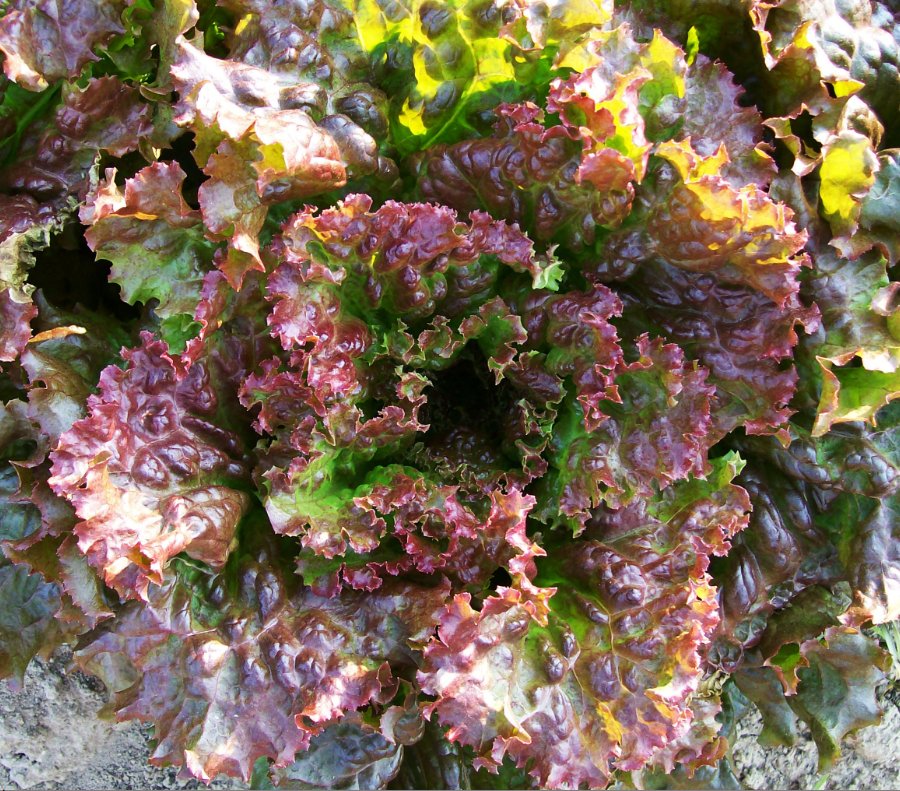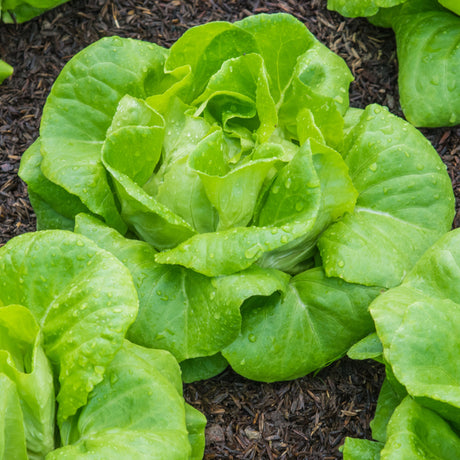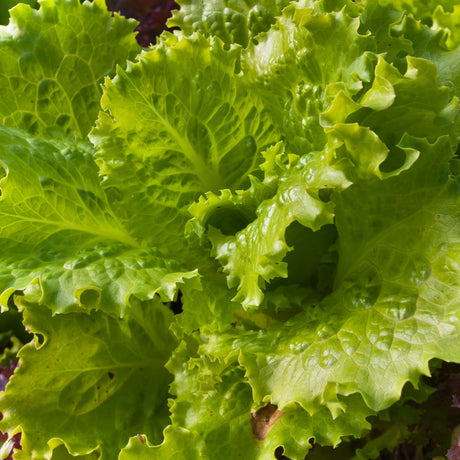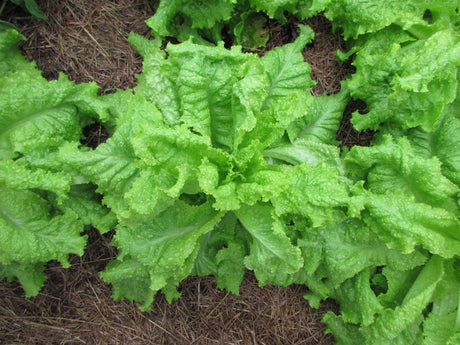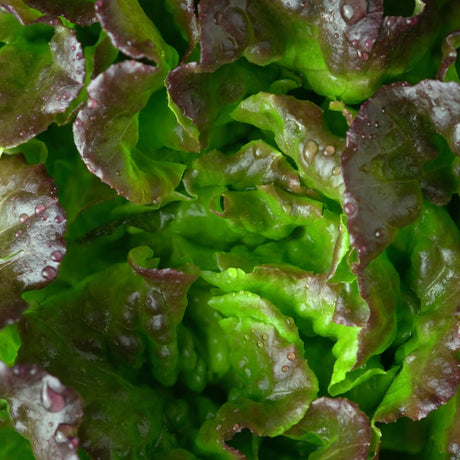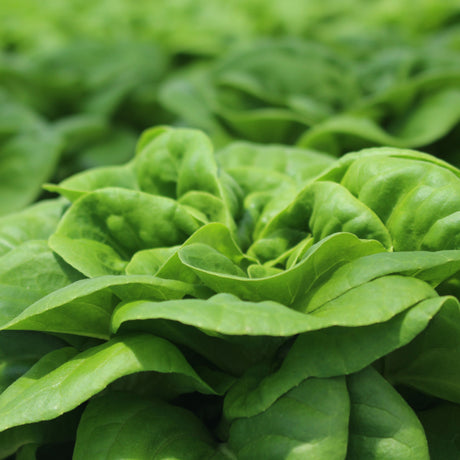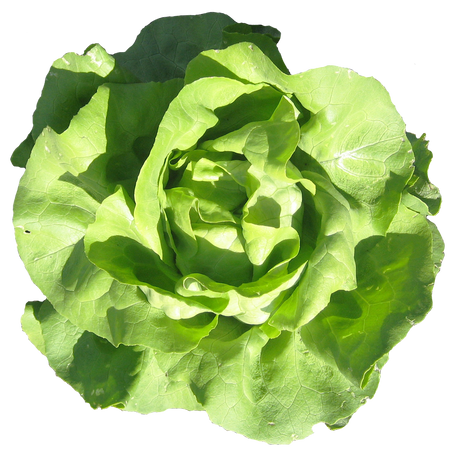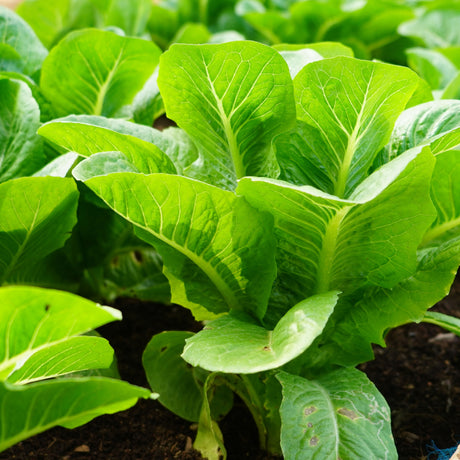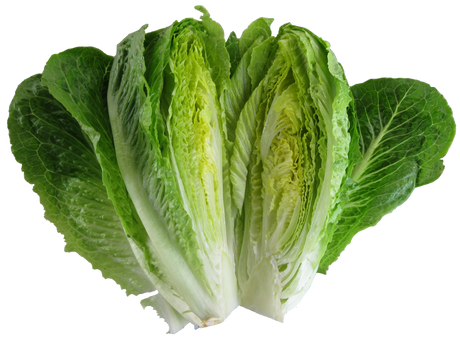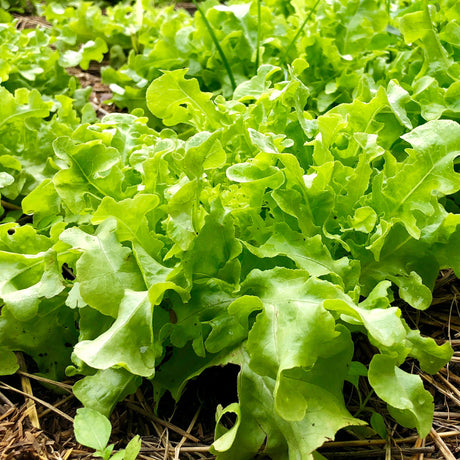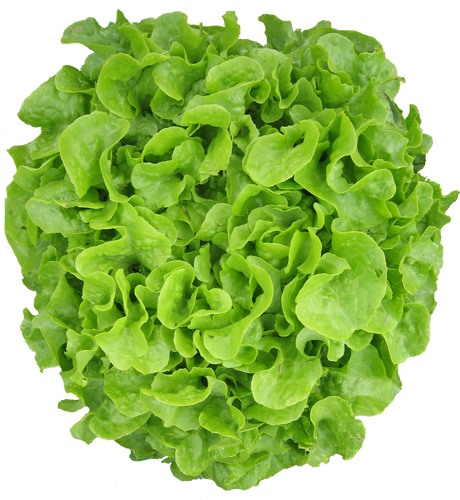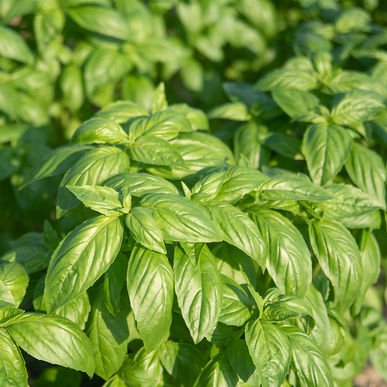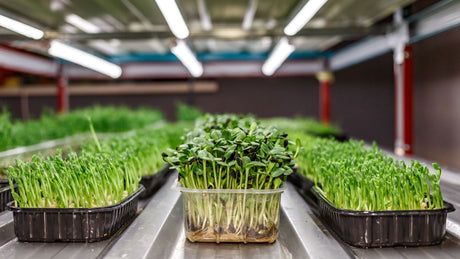- $3.90Unit price /Unavailable
- $3.90Unit price /Unavailable
Lettuce 'Australian Yellow Leaf'
$3.90Unit price /Unavailable- $3.90Unit price /Unavailable
Lettuce 'Black Seeded Simpson'
$3.90Unit price /Unavailable- $3.90Unit price /Unavailable
- $3.90Unit price /Unavailable
- $3.90Unit price /Unavailable
- $3.90Unit price /Unavailable
- $3.90Unit price /Unavailable
- $3.90Unit price /Unavailable
- $3.90Unit price /Unavailable
- $3.90Unit price /Unavailable
- $3.90Unit price /Unavailable
- $3.90Unit price /Unavailable
- $3.90Unit price /Unavailable
Lettuce 'Lollo Rossa Darkness'
$3.90Unit price /UnavailableLettuce 'Marvel Of Four Seasons'
$3.90Unit price /Unavailable- $3.90Unit price /Unavailable
- $3.90Unit price /Unavailable
- $3.90Unit price /Unavailable
- $3.90Unit price /Unavailable
- $3.90Unit price /Unavailable
- $3.90Unit price /Unavailable
More about Lettuce
Lactuca sativa
Lettuce requires a rich, well-drained soil with constant moisture, it dislikes acidity. Lettuces can be sown all year in most of Australia, if very hot or cold periods are avoided. Select the correct variety for the time of year and the area you live in. Generally avoid growing solid-hearting varieties during hot weather, as they are prone to bolt or to bacterial diseases. In tropical areas only the lettuces marked H for 'hot and humid' should be selected; the sowing time in these areas is limited to April through July. Lettuce seed will not germinate over 30°C. The best germination is at a soil temperature between 15 - 20°C. In the warmer months chilling the lettuce seed in the fridge for a few days before sowing will improve germination. Direct sow or sow into seedling trays for later transplanting. Cover seed lightly to 5 mm deep as lettuce needs light to germinate, firm down, and keep moist. Space plants 20 - 30 cm apart. Prepare soil with compost or well-rotted manure and added potash, feed regularly with liquid manure, and mulch well. Avoid watering in the heat of the day. Growing under shadecloth is beneficial in hot areas.

